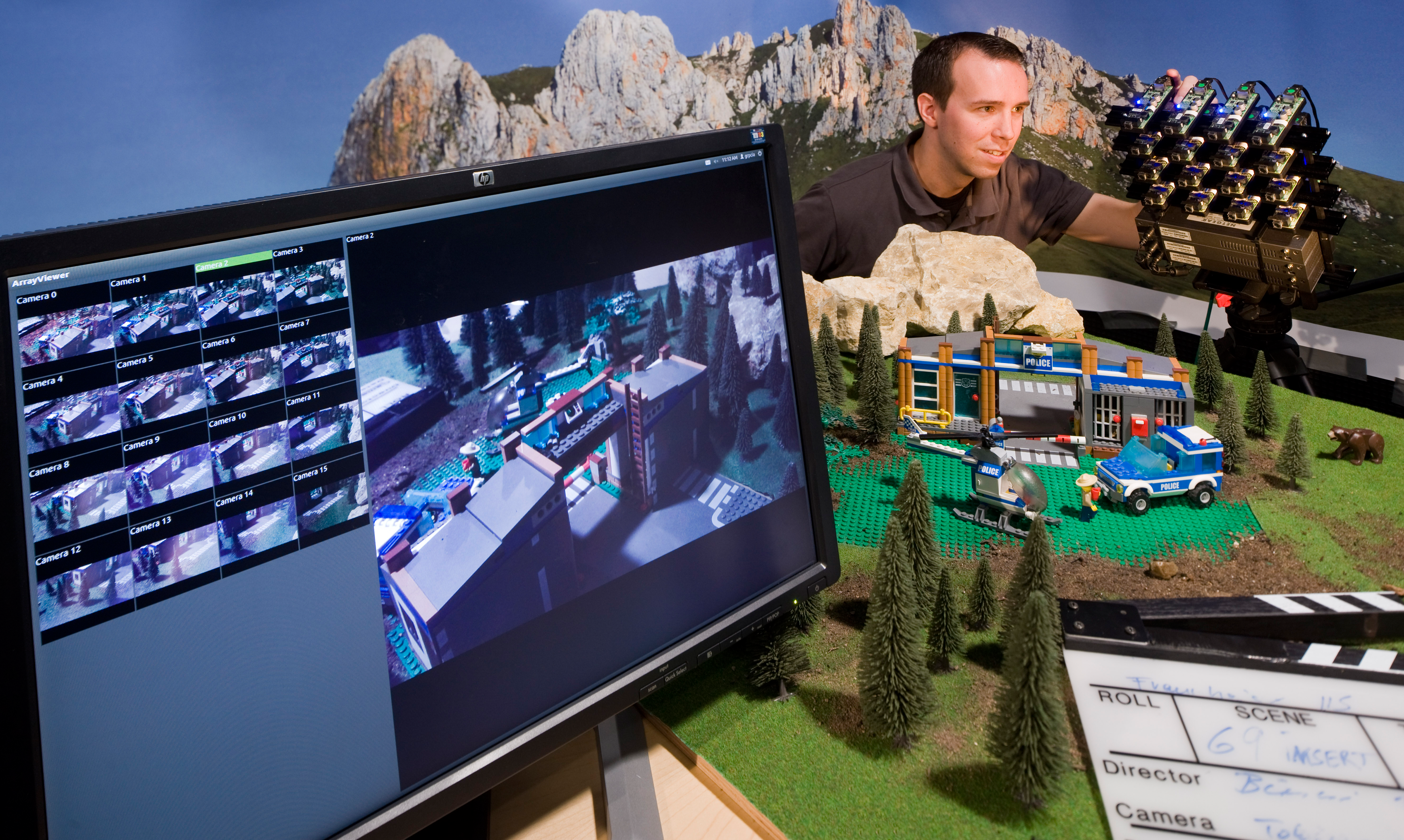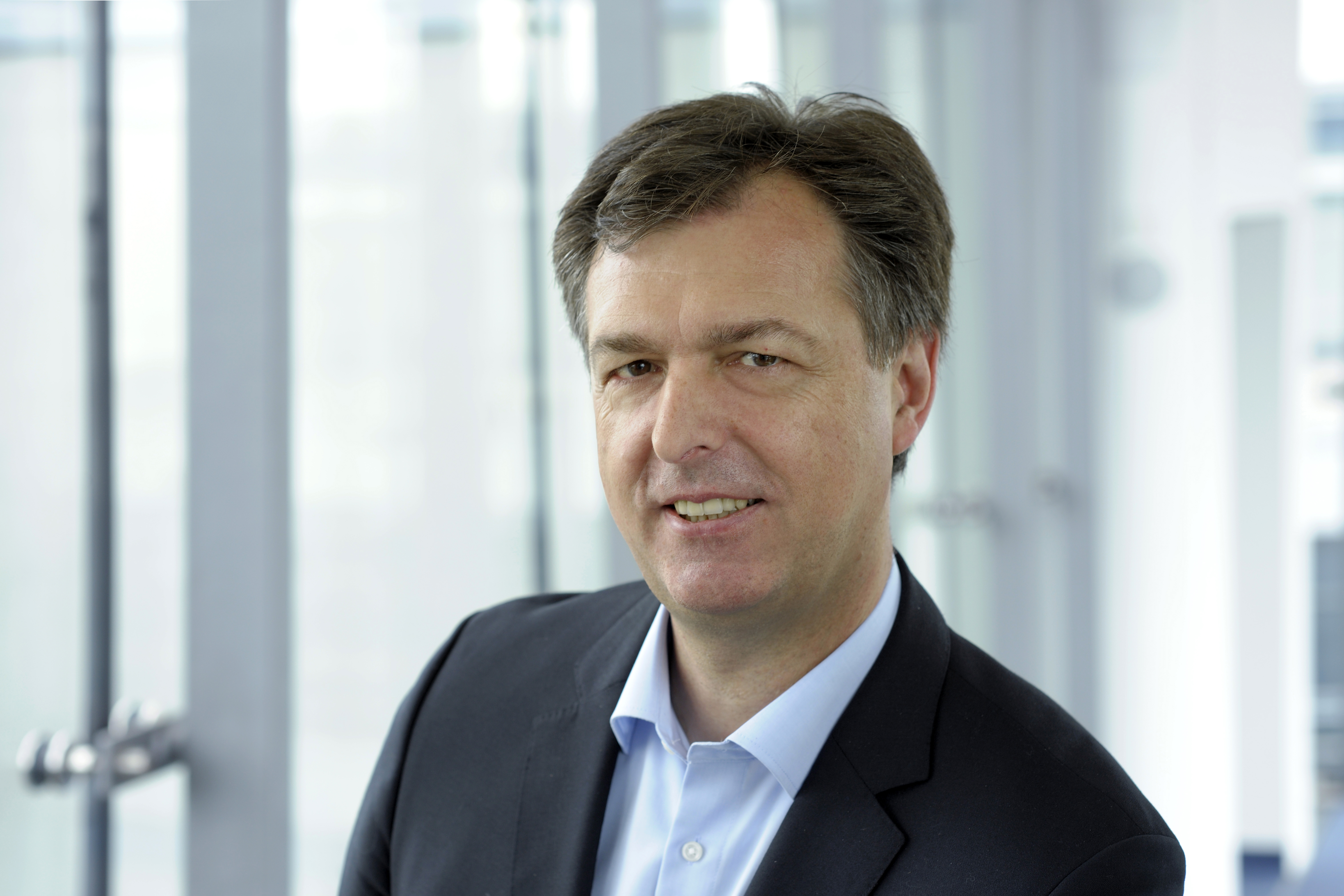Dr. Siegfried Foessel, head of the Department Moving Picture Technologies at Fraunhofer IIS, was appointed head of the Technology study program at the University of Television and Film (HFF) Munich in October 2018. Together with department chair Professor Peter C. Slansky, Dr. Foessel connects students of film and media studies with the latest technological developments.
Linking engineers and creative minds
Dr. Foessel, how did you come to be appointed Head of Department at HFF?
During my 20-year involvement in the field of digital cinema, I have been involved in various collaborations with HFF. My predecessor Professor Franz Kraus, who was entering retirement, nominated me as head post for the program. For me personally, the particular appeal of this position at HFF is that it gives me the opportunity to bring together engineers and creative minds, who usually work separately, each in their own field, with no exchange or overlap.
What tasks does your position at the HFF involve specifically?
My main responsibilities are to work as advisor, hold seminars, and develop the study programs. After all, technology is increasingly finding its way into movie production – and it’s important to reflect this trend in our teaching. Until now, the focus at HFF has been more on the creative side of movie production.
How do the university and Fraunhofer IIS benefit from your dual roles?
Let’s begin with the university: The focus here is on teaching, leaving little time to engage with new technologies. Following the switch from analog to digital cameras, however, digitalization now finds its way into other parts of the production chain. Having someone bring technological expertise to these creative processes can only be a good thing. This type of collaboration makes sense for Fraunhofer IIS, too, because more often than not, technical or technology-related sectors don’t receive feedback on how technology is being used. This is why this opportunity to test new technologies at HFF is so important to Fraunhofer – as we will see in forthcoming tests on light-field production, for example.
What milestones have been reached in digital cinema in recent years?
For me, digitalization of cinema marked the beginning of scenic movie production. As early as 2005, we put together initial specifications and carried out certification tests for Hollywood. More important, however, is the question what comes next. There is no doubt in my mind that this will be real spatial movie production not only stereoscopic. In addition the impact of streaming services and podcasts will also have to be considered. We’ll also see a greater focus on process integration and optimization in digital movie production, very much in keeping with the trends in other areas of the Industry 4.0 movement.
What is your department at Fraunhofer IIS currently working on?
We have three main working areas at the moment. The first is the development of cinema production tools as well as tools for immersive sound. The second is the development of codecs and systems for video over IP. The third focus is the development of tools for light-field technology where scenes can be edited as needed during postproduction.
The interview was conducted by Dr. Janine van Ackeren

